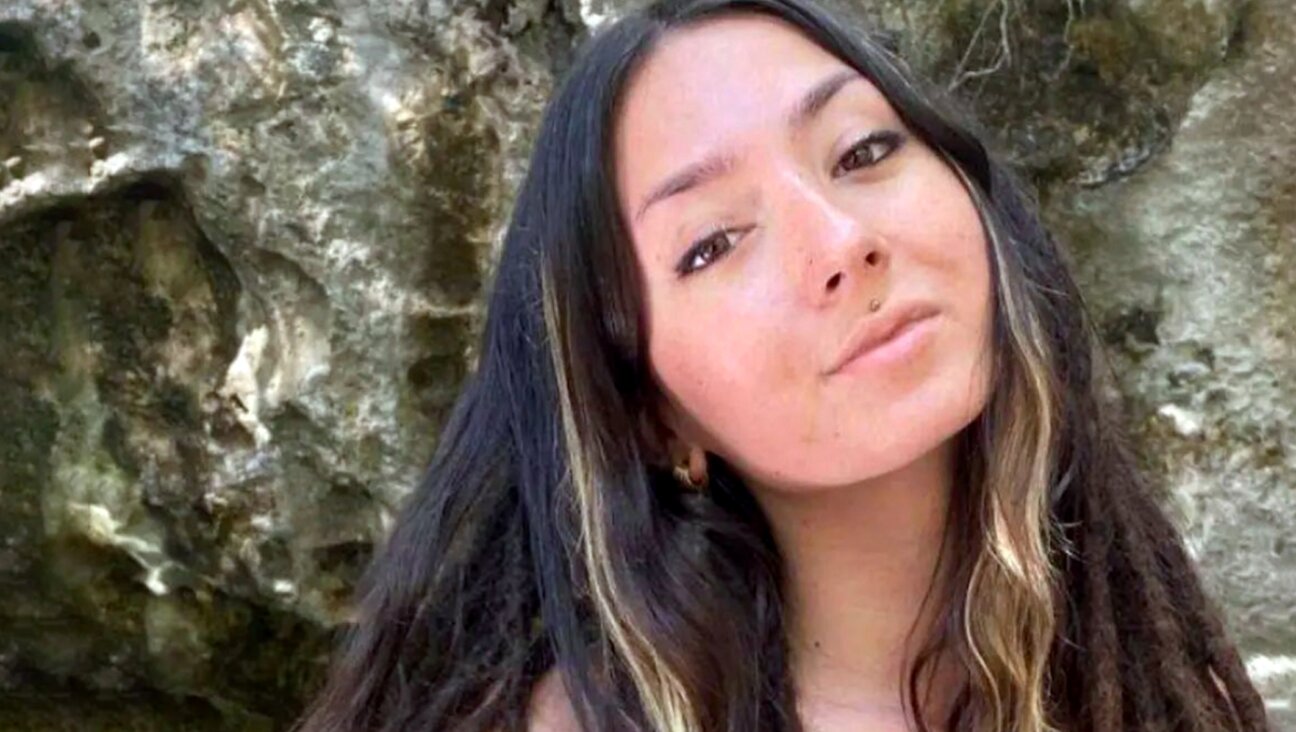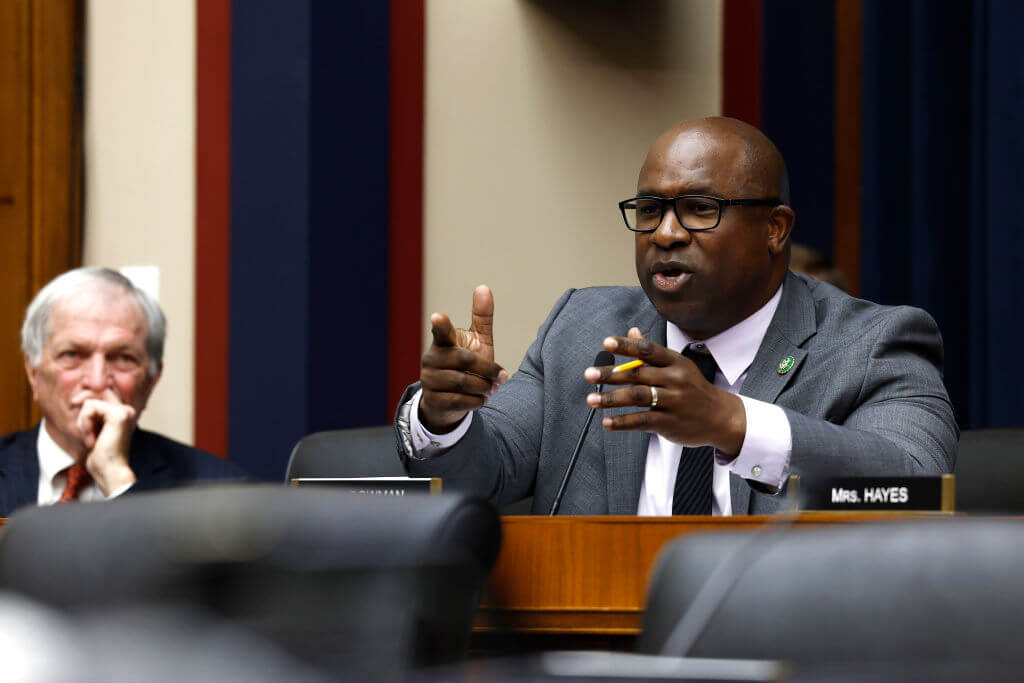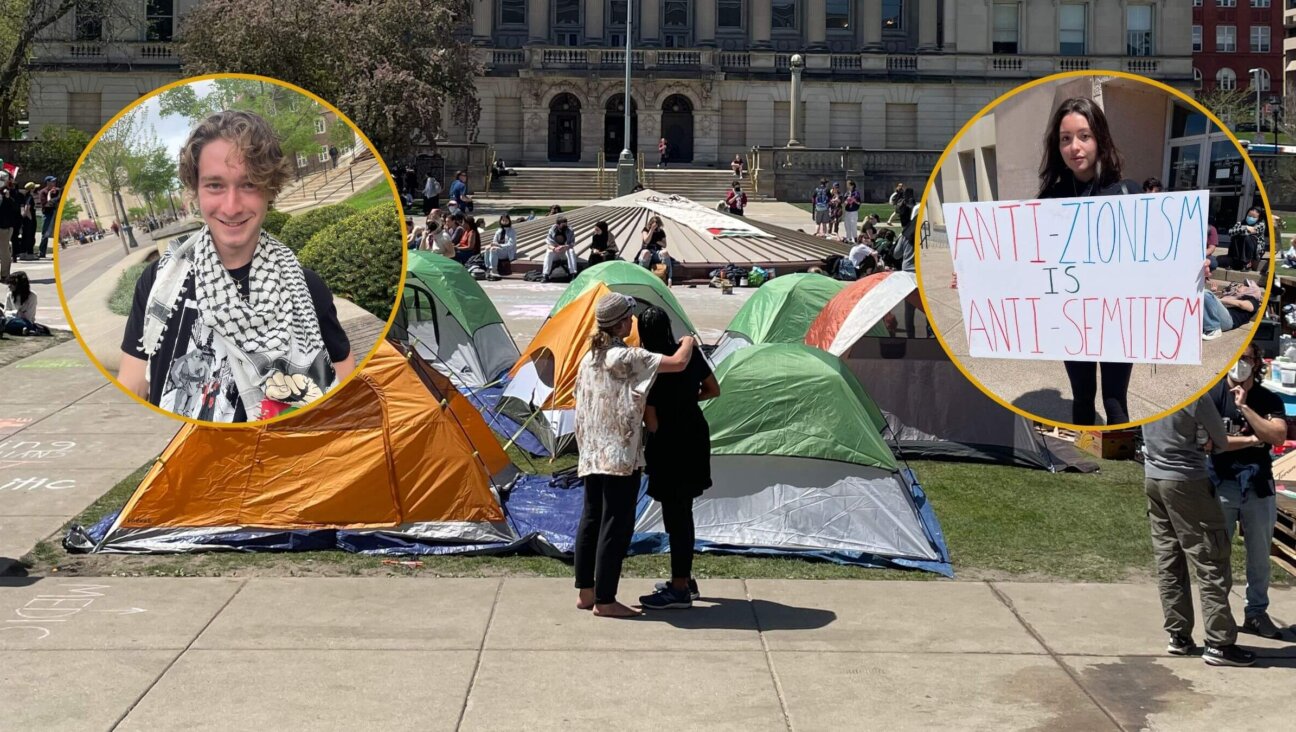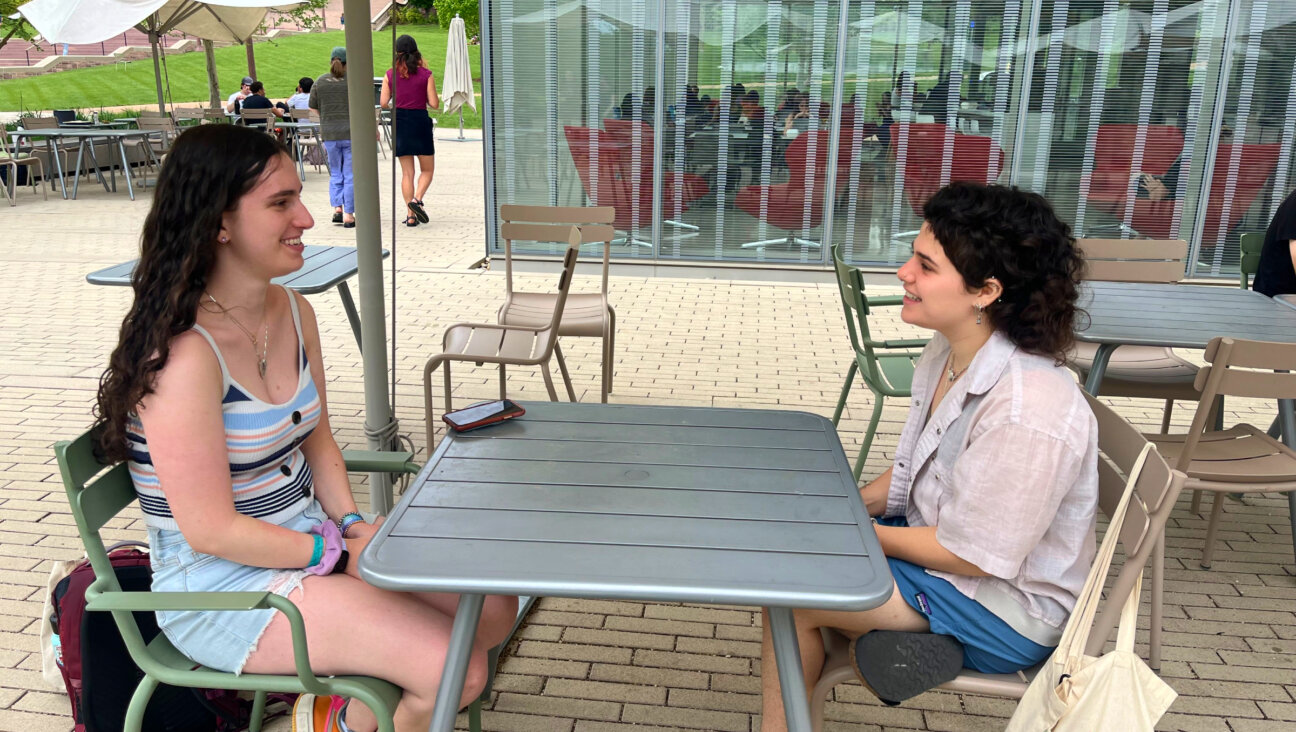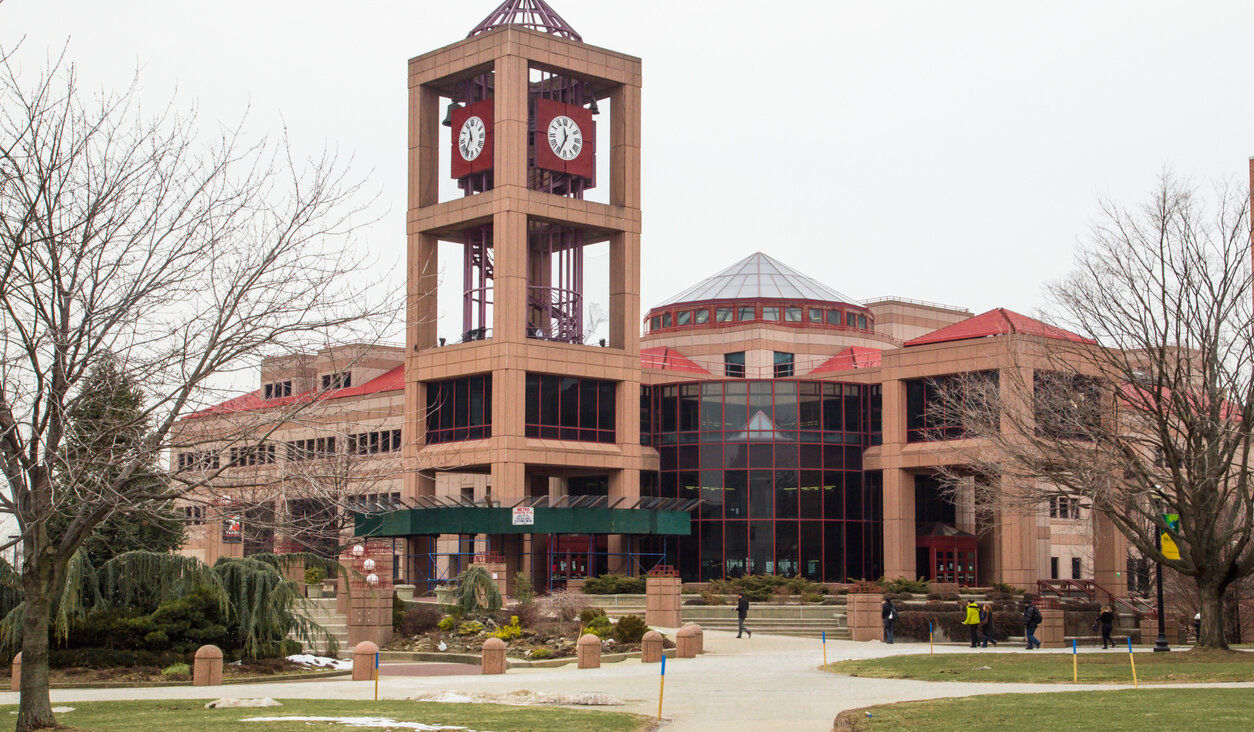After 15 years of planning, Jerusalem backtracks on building new Palestinian neighborhood
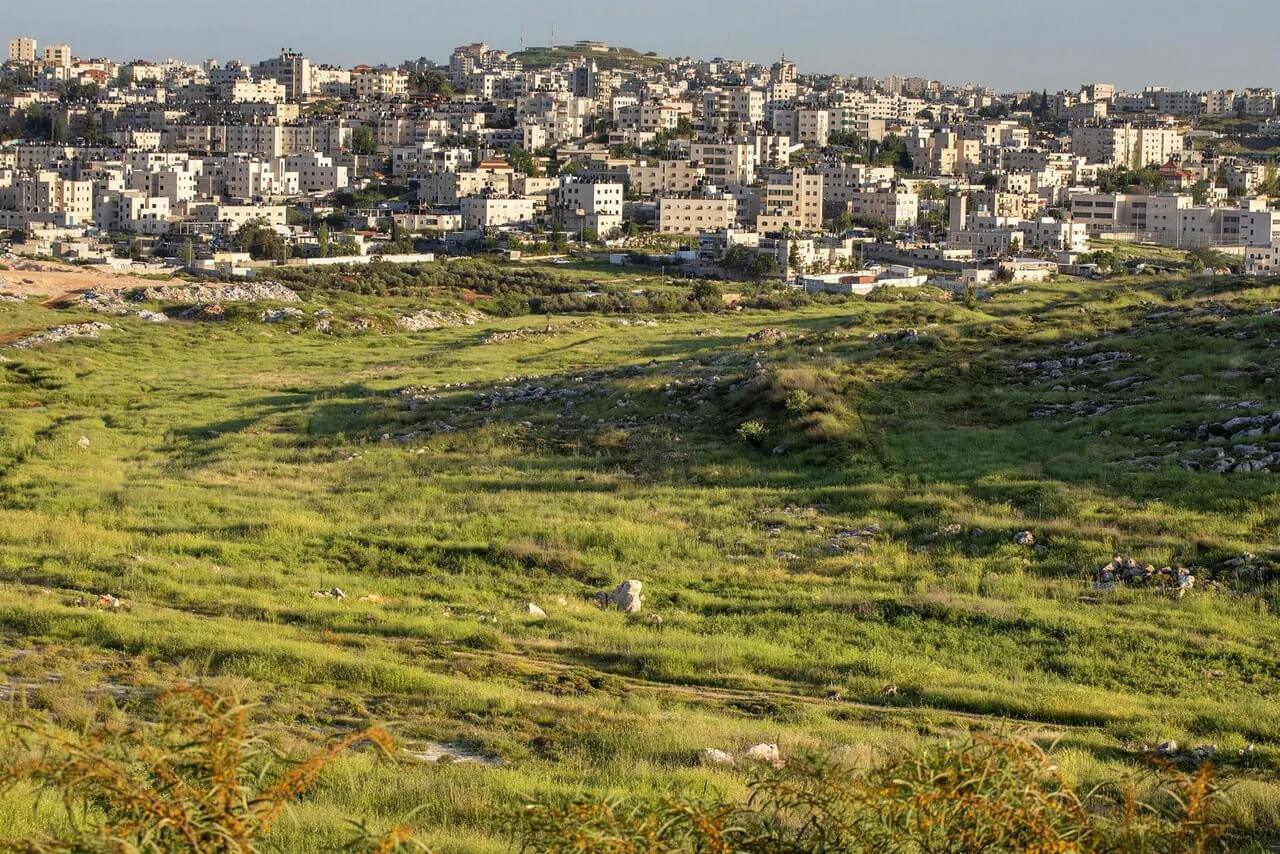
The area near Beit Hanina on which the new neighborhood was intended to be constructed. Photo by Emil Salman
This article originally appeared on Haaretz, and was reprinted here with permission. Sign up here to get Haaretz’s free Daily Brief newsletter delivered to your inbox.
The Jerusalem municipality has retracted its support for a plan to build a new neighborhood for Palestinian residents in the northern part of the city.
The neighborhood, which was planned by Palestinian landowners in the area, would have been the first in Jerusalem specifically built for Palestinian residents since 1967, when Israel gained control of East Jerusalem.
Sources familiar with plans for the new neighborhood said the reason for the reversal was that Jerusalem Mayor Moshe Leon feared approving it shortly before the local elections later this year.
Tel Adaseh is an archaeological site in the Beit Hanina neighborhood that is surrounded by open land. It is the largest land reserve in East Jerusalem, encompassing some 600 dunams. The area is zoned for residential construction in the city’s master plan.
The land is owned by hundreds of Palestinian residents of Beit Hanina and its environs. Around 15 years ago, the landowners got together with the aid of Beit Hanina’s community administration and began promoting plans to construct a new neighborhood on their land.
The proposal, prepared by architect Ayala Ronel, calls for the construction of around 2,500 homes and a number of public buildings, as well as roads and infrastructure. The plan also aims to conserve large open spaces –including the Tel and the stream that run through the neighborhood – and it includes provisions for nature preservation in the area at large.
Since gaining control of East Jerusalem in 1967, Israel has greatly restricted residential construction for the area’s Palestinian residents and has yet to plan or build a single new neighborhood for them – even though they constitute some 40 percent of the city’s population. This has resulted in a severe housing shortage for Palestinians and led tens of thousands of them to build in sections of the city outside the separation fence.
The planned Tel Adaseh neighborhood was also a private venture, not an initiative from Israel’s governmental or municipal bodies. But the municipality at least supported it – until now.
The community administration initially submitted the plan for Tel Adaseh six years ago, but the Jerusalem region’s district planning committee refused to discuss it on the grounds that the administration had no authority to submit it. The administration and Beit Hanina residents then petitioned the Jerusalem District Court, which ruled that the committee must allow the plan to be submitted.
The plan subsequently won support from both the former and current city engineers. Residents invested hundreds of thousands of shekels into drafting the proposal, and even altered it at the municipality’s request. Additionally, the planners agreed to designate 50 percent of the land for public use.
But a month ago, senior municipal officials informed Ronel and the community administration that the city was retracting its support for the plan.
The officials said Leon’s new policy is to avoid building in open areas and to instead increase the density of existing Jerusalem neighborhoods. They pointed to another proposal the mayor also changed course on – the Reches Lavan project in western Jerusalem, where Leon alternatively opted for supporting a smaller development which would do less damage to open areas than the original one.
Nevertheless, the city continues to move forward on several construction plans for the Jewish population in Jerusalem’s open areas, including in Har Homa, Givat Hamatos, Givat Hashaked and a number of other localities. Not far from Beit Hanina, the municipality is advancing plans for a huge new ultra-Orthodox neighborhood on the site of the former Atarot airport.
“I have no doubt that the mayor’s view on open spaces isn’t the reason for the municipality’s opposition,” Ronel said. “The reason is that they don’t want to let Palestinians build on their own land. The mayor is condemning these people to a life of poverty and danger, because the only options remaining to them are moving to the Shoafat refugee camp or Kafr Aqab” – both of which lie beyond the separation fence and are already home to tens of thousands of Palestinians living in very difficult conditions.
“How can they close their eyes to what is growing beyond the fence?” she asked. “This is simply a disaster, both now and for the future.”
Wasim Alhaj, the head of the community administration, said municipal officials “don’t really want to advance the plan, so each time, they invent another reason. Every time we move one step forward, they send us 10 steps back.
“The municipality doesn’t understand how difficult it is to get hundreds of landowners to agree, how much community work had to be done and how many millions they have invested,” he added. “And now, they’re destroying it all.”
The municipality said it doesn’t oppose the plan, but has reservations on several issues and wants the proposal changed to reflect its new policy of increasing neighborhood density, “which applies in both the western and eastern parts of the city.” This policy enables the optimal use of available land and preserves open spaces in the city, the statement said.
It also noted that the district planning committee recently approved a municipal plan that allows high-rise construction in all the built-up areas of Beit Hanina and Shoafat. “There are tens of thousands of housing units that can be built in the area,” it said.
“This plan will enable urban renewal and offers an effective housing solution, as has been done in other areas throughout the city,” the statement concluded.

I hope you appreciated this article. Before you go, I’d like to ask you to please support the Forward’s award-winning, nonprofit journalism during this critical time.
Now more than ever, American Jews need independent news they can trust, with reporting driven by truth, not ideology. We serve you, not any ideological agenda.
At a time when other newsrooms are closing or cutting back, the Forward has removed its paywall and invested additional resources to report on the ground from Israel and around the U.S. on the impact of the war, rising antisemitism and the protests on college campuses.
Readers like you make it all possible. Support our work by becoming a Forward Member and connect with our journalism and your community.
Make a gift of any size and become a Forward member today. You’ll support our mission to tell the American Jewish story fully and fairly.
— Rachel Fishman Feddersen, Publisher and CEO
Join our mission to tell the Jewish story fully and fairly.








